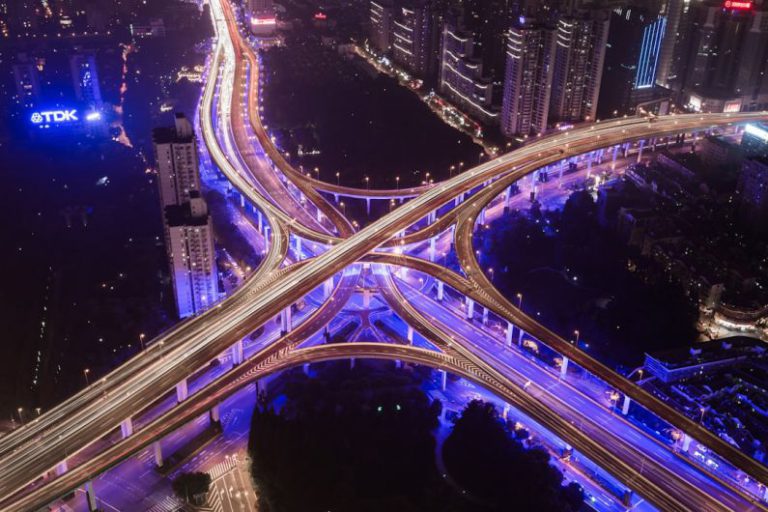The Impact of 5g on Creative Industries
The creative industries have always been at the forefront of innovation and technology. As the world transitions into the era of 5G, the impact on these industries is nothing short of transformative. With the lightning-fast speeds and ultra-low latency that 5G offers, creatives across various sectors are poised to revolutionize the way they work, collaborate, and engage with their audiences.
Enhanced Connectivity and Collaboration
One of the most significant impacts of 5G on creative industries is the enhanced connectivity it provides. With speeds up to 100 times faster than 4G, creatives can seamlessly collaborate in real-time, regardless of their physical locations. Whether it’s a team of graphic designers working on a project simultaneously or musicians jamming together from different parts of the world, 5G enables a level of collaboration that was previously unimaginable.
Additionally, the low latency of 5G ensures that creatives can communicate and share large files without any lag, making the creative process more efficient and streamlined. This increased connectivity and collaboration are not only fostering creativity but also breaking down barriers for creatives to work together in ways that were previously hindered by technological limitations.
Immersive Experiences and Content
Another area where 5G is making a profound impact on creative industries is in the realm of immersive experiences and content. With the high speeds and low latency of 5G, creatives are able to push the boundaries of what is possible in terms of virtual and augmented reality (VR/AR) experiences. From interactive art installations to immersive storytelling, 5G is enabling creatives to transport audiences into new worlds and engage them in ways that were previously reserved for science fiction.
Moreover, the enhanced connectivity of 5G is also revolutionizing live streaming and content delivery. With the ability to transmit high-quality video and audio in real-time, creatives can engage with their audiences in new and exciting ways. Whether it’s a virtual concert, a live art demonstration, or a behind-the-scenes look at a film production, 5G is enabling creatives to connect with their fans in ways that were previously limited by bandwidth constraints.
Monetization and Distribution Opportunities
The advent of 5G is not only transforming the creative process but also opening up new monetization and distribution opportunities for creatives. With the ability to deliver high-quality content seamlessly to a global audience, creatives are no longer bound by traditional distribution channels. Whether it’s selling digital art, streaming live performances, or distributing films directly to consumers, 5G is empowering creatives to take control of their content and reach new markets.
Furthermore, the enhanced connectivity of 5G is also enabling creatives to explore new revenue streams through personalized and targeted content delivery. By leveraging data analytics and AI, creatives can better understand their audiences and tailor their content to meet their specific preferences and interests. This level of customization not only enhances the audience experience but also opens up new opportunities for creatives to monetize their work in innovative ways.
Sustainability and Efficiency
Beyond the creative process itself, 5G is also playing a crucial role in promoting sustainability and efficiency within creative industries. By enabling remote work and reducing the need for physical infrastructure, 5G is helping creatives minimize their carbon footprint and embrace more sustainable practices. Additionally, the efficiency gains provided by 5G are allowing creatives to optimize their workflows and reduce wastage, leading to a more environmentally conscious approach to creativity.
In conclusion,
The impact of 5G on creative industries is nothing short of revolutionary. From enhanced connectivity and collaboration to immersive experiences and content, 5G is reshaping the way creatives work, create, and connect with their audiences. With new monetization and distribution opportunities on the horizon, as well as a focus on sustainability and efficiency, the future of creative industries in the 5G era is full of exciting possibilities.






